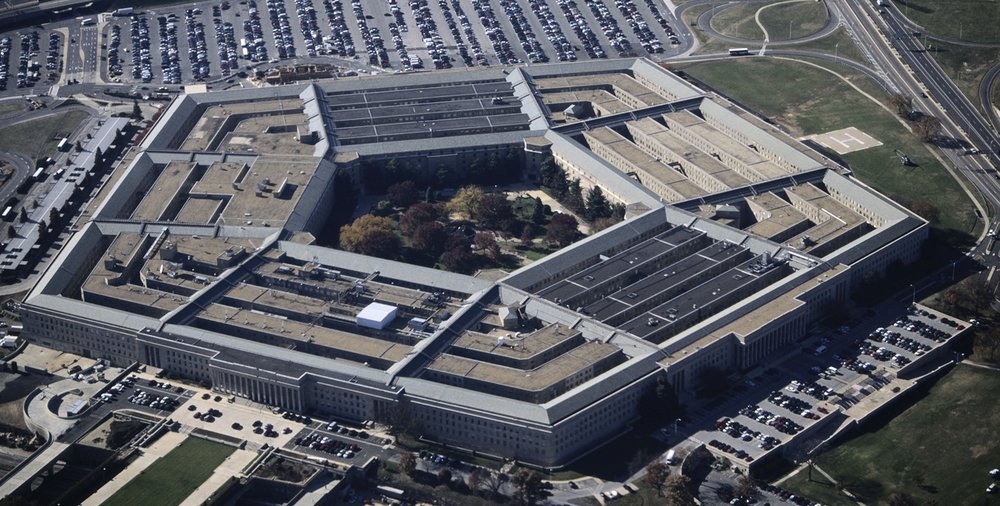Trump's bigger military may not be better

Like a lot of his plans, Donald Trump’s proposal for military spending is both abundantly clear and maddeningly vague. He wants to devote a whole lot more money to the Pentagon, as demonstrated by his budget outline and address to Congress. But the president’s plan is too ill-defined and arbitrary to make much sense.
More military spending isn’t necessarily a bad thing: The Pentagon budget actually declined in real terms under his predecessor, while spending by China and Russia increased, and Trump’s proposed $54 billion increase is a minuscule part of the nation's $4 trillion budget.
The more important question is how to spend the money. His two most specific demands have been to reverse the cuts in Army troop strength and to restore the Navy to 350 ships, up from about 275 now. Both goals are more about improving the U.S. military’s strength on paper than its capabilities to counter rising threats.
Under President Barack Obama, active Army troops were scheduled to be cut to 450,000 this year, from a high of 566,000 in 2011. Bringing in scores of thousands of new recruits may require lowering enlistment standards, and it risks creating a hollow Army, lacking in expertise. It would also cost a fortune in related expenses -- more and bigger bases, additional trainers, more supplies, carry-on health-care and benefit costs -- that the Trump plan seems to ignore.
At any rate, the more important metric is not size but readiness for combat. As the fight against ISIL shows, the Army is rightly refocusing on special-forces operations, advanced weapons and training allies. Going back to Cold War-level manpower doesn’t make sense for today’s immediate threats.
As for patrolling the waters, not even the Navy or its biggest supporters in Congress think 350 ships is realistic. Senator John McCain, chairman of the Armed Forces Committee, released a pie-in-the-sky budgetary wish list earlier this year --- and it called for buying only 59 more ships over five years.
The White House has several months before it has to turn the president’s bare-bones budget statement into an actual proposal. If the administration wants to persuade Congress to foot the bill, it needs to come up with details not just on how it plans to spend the money, but also on what threats the spending would address.
At the same time, the Pentagon and Congress should be looking at places where costs can be cut, such as the new Ford-class aircraft carrier, the troubled littoral combat ship program, and plans to create a new nuclear-tipped intercontinental ballistic missile. Paying for the military increase in part by cutting the State Department’s foreign aid budget would be shortsighted and counterproductive, as 121 retired military officers have argued in an open letter.
Determining the “correct” level of military spending is an inherently subjective process. Trump’s judgment on the matter deserves consideration. But if he wants support from voters and Congress -- which must lift the caps required by the 2011 Budget Control Act for any of this to happen -- he needs to do more than simply reissue the vague promises of the campaign.
(Source: Bloomberg)
Leave a Comment